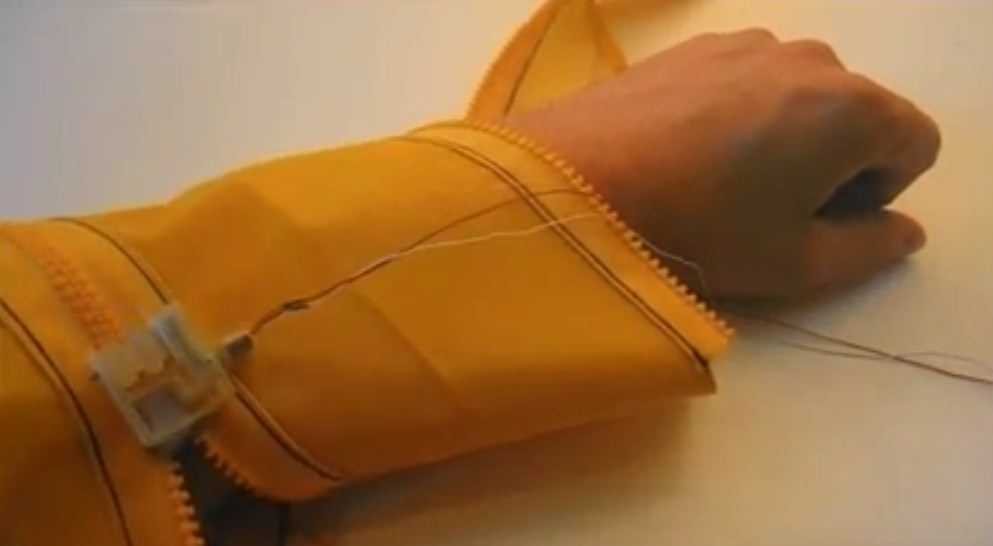MIT: How would you feel if your jacket snapped by yourself as you leave the door of your home? Welcome the Zipperbot.
The technology of wear parts (w) but also robots grows fast enough. The wearable technology usually focuses on automation while generating electricity by utilizing body movement or by incorporating solar cells into fabrics or other imaginative solutions.
From time to time we have seen some really interesting wearable gadgets like Smartwatches or Google glasses or tracking devices etc. But it seems that some researchers on MIT they are not content with "simple" ideas and move in the realm of the strange. This is how they present it to us Zipperbot.
zipperbot is the creative result of a proletterof with the name Sartorial Robotics (Clothing Robotics) run by an MIT Robotics Research Group. The robot Zipperbot is a small device with the sole purpose of closing and opening your zipper on a jacket or sleeve without your help. While there seems to be a problem with using it in pants, but it's probably only a matter of time before it gets resolved.
Although it seems difficult to use the zipperbot in a normal garment as it receives electricity through wires however by incorporating a small battery θα μπορούσε να γίνει ένα καλό και χρήσιμο add-on in your suits, uniforms and for other clothing. Although it cannot be applied to all types of clothing, Zipperbot could very well be used for your winter coat or jacket, especially for those who wear gloves and have trouble zipping. Check out the video below with a demonstration of Zipperbot:





